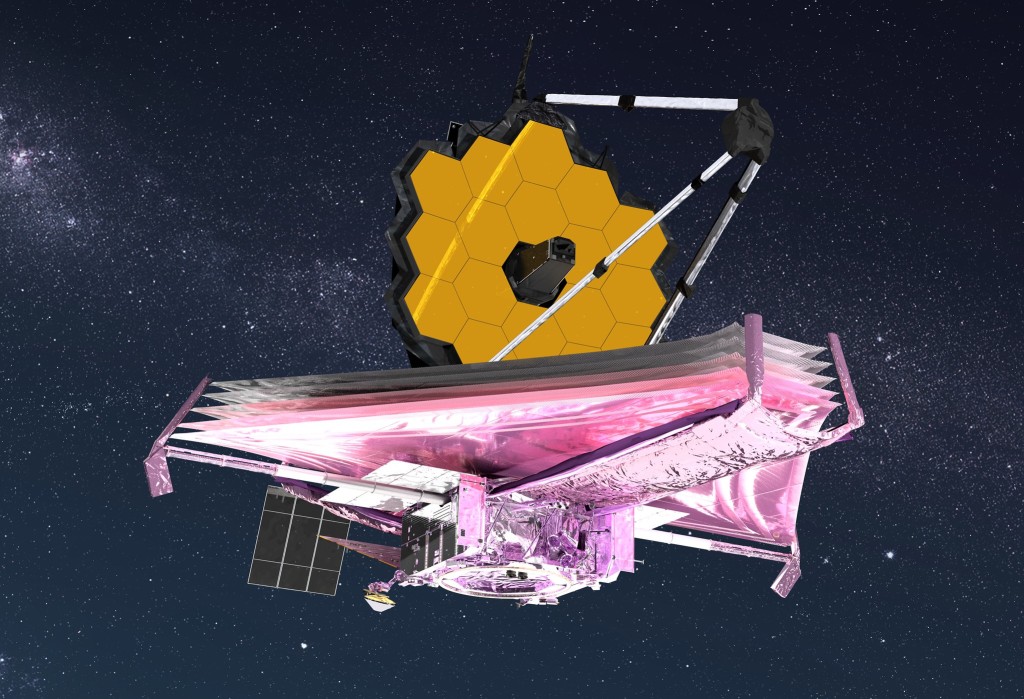
The Andromeda Galaxy is one of the only galaxies visible without the aid of a telescope on Earth. It is a spiral galaxy, and it got its name because it is located in the constellation Andromeda. It is approximately 2,480,000 light years from Earth and has a diameter of approximately 200,000 light years. The first documented account of the Andromeda Galaxy was in 965 CE in the Book of Fixed Stars, written by al-Sufi, ancient Islamic astronomer.
Current astronomers believe that the Andromeda Galaxy has a history of collisions with other galaxies. Huge structures of stars and gas located on the outermost part of this galaxy suggest that this galaxy had collided with and “integrated” smaller galaxies. Additionally, based on observations made by the Spitzer Space Telescope, Andromeda is suspected to contain nearly twice the number of stars that are found in our own galaxy.
One of the most alarming aspects of the Andromeda Galaxy is that when we observe its emission spectrum, it appears to be blue-shifted, meaning it is moving towards us. The Milky Way and Andromeda are moving towards each other at a rate of about 120 km/s. However, this is not a cause for concern (at least for us ) because this means these two galaxies are predicted to collide in about 4 billion years, which will be quite a long time after our lifetimes.








